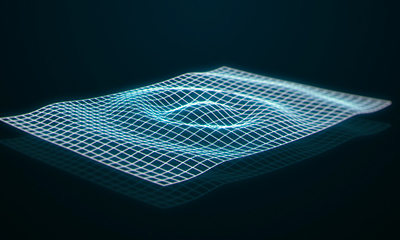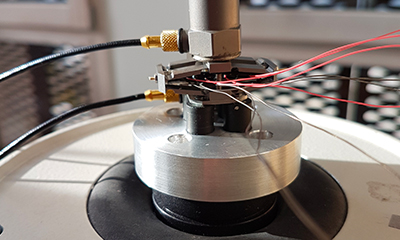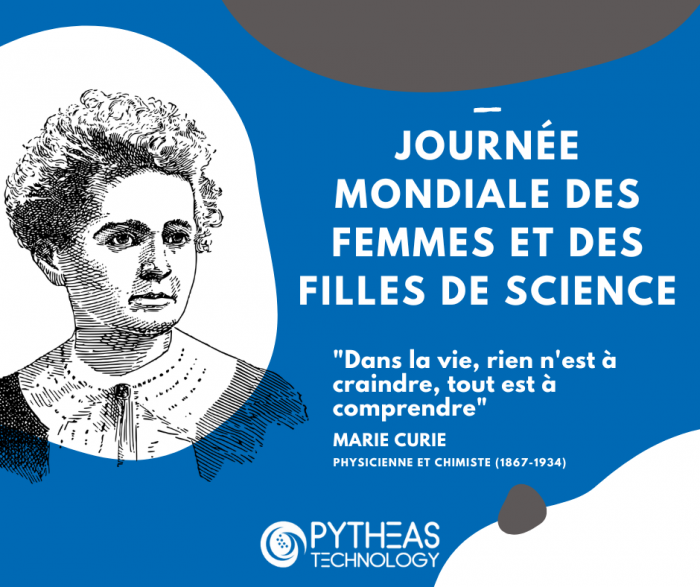Let’s start with Marie Curie (1867-1934) who played her part in the history of piezoelectricity. In 1898, thanks to the piezoelectric quartz designed by Jacques and Pierre Curie, she discovered two radioactive elements in uranium ores, radium and polonium. With the same instrument, and helped by her husband, Pierre Curie, she developed the “Curie Method” to measure radioactivity.
Let’s continue our time travel in the ocean thanks to Marie Tharp (1920-2006). American geologist and ocean specialist, she revolutionized ocean bottom cartography. Even if she couldn’t go aboard vessels because women were accused to bring bad luck at sea, she demonstrated the existence of the rift valley in line with the mid-ocean ridge, a seafloor mountain range. Victim of sexism, her hypothesis was dismissed as “girl talk” by her peers before being confirmed later down the line, by Jacques Cousteau for example. Her studies strongly contributed to the plate tectonics theory.
To finish our journey, let’s explore Space with Henrietta Swan Leavitt (1868-1921). This American astronomer studied variable stars and their luminosity, which varies with time. Her work contributed to determining the period-luminosity relationship, also called “Leavitt’s law”, which allows scientists to compute distances between Earth and other galaxies. She was one of the first female astronomers in history and her research is still used in modern astronomy.
It is obviously impossible to index all the women who made their mark on the history of science, but the main idea is to remain aware of their contribution and their place in the scientific community.
However, there are still barriers preventing girls and women from starting technical or scientific studies or careers. According to the 2021 IESF study, women still only represent 28% of the engineers working in France.
PYTHEAS Technology can be proud of its engineering team, composed of 40% of women, but we still have some stereotypes to fight to tempt new talents to join us. Thus, we encourage the girls and women who read this article to contact us to talk about our jobs, to join the team, or to visit us to discover our projects.



















